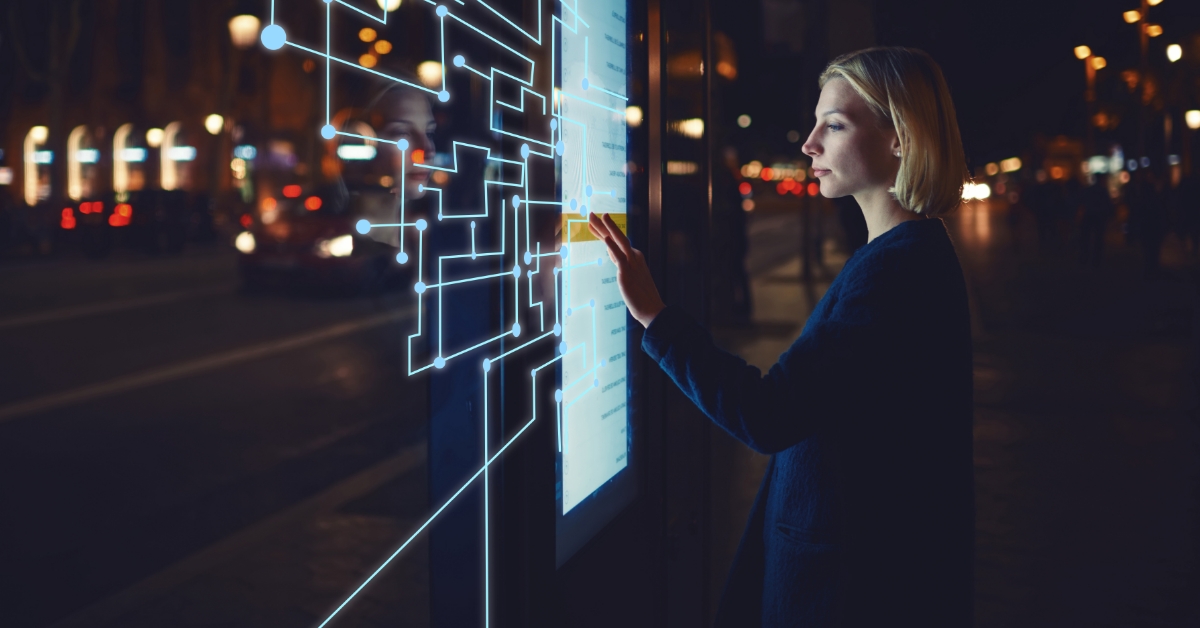“Digital Italy – The value of connectivity and the impact on the region”, the online event discussing networks, big data and information, and the role of fiber optics for the development of the country and the enhancement of the region.
Open Fiber, in collaboration with Il Sole 24 Ore, presented the concrete benefits that the roll-outRoll-out The gradual release according to a plan of all the elements of a complex infrastructure, such as, for example, a fiber-optic network. of fiber-optic networks has brought to the country’s development in socio-economic terms, providing food for thought thanks to a dedicated report by Ernst & Young.
New challenges for the national economy: networking regions, people, and companies. Chairman Franco Bassanini spoke on this subject
At the round table entitled “New challenges for the national economy: networking regions, people, and companies”, Franco Bassanini engaged in a discussion with industry professionals Emanuela Ciapanna – Head of the Competition and Regulated Markets Sector, Statistical Economics Department, Bank of Italy, Massimiliano Giansanti – Chairman of Confagricoltura, Maximo Ibarra – CEO of Engineering and Pierluigi Sassi – Chairman of Earth Day Italia.
Together they explored important topics such as:
- Ultra-broadbandBroadband The term broadband, in telecommunications, generally refers to the transmission and reception of information data at a connection speed of over 144 kb/s. Broadband organises different channels, conveying different content in the form of data, such as Internet radio, animation, audio files and high-definition video. as a tool for enabling a more sustainable future
- Bridging the digital divideDigital Divide A term to describe the gap between those who can use new information and communication technologies and those who, for technical, economic or social reasons, are unable to use them. Read the news item “Digital divide and social inequality: the role of Open Fiber” to find out more.
- Converting skills
Chairman Bassanini emphasised how sustainability is one of the elements underpinning Open Fiber’s work, both in environmental, economic and social terms.








